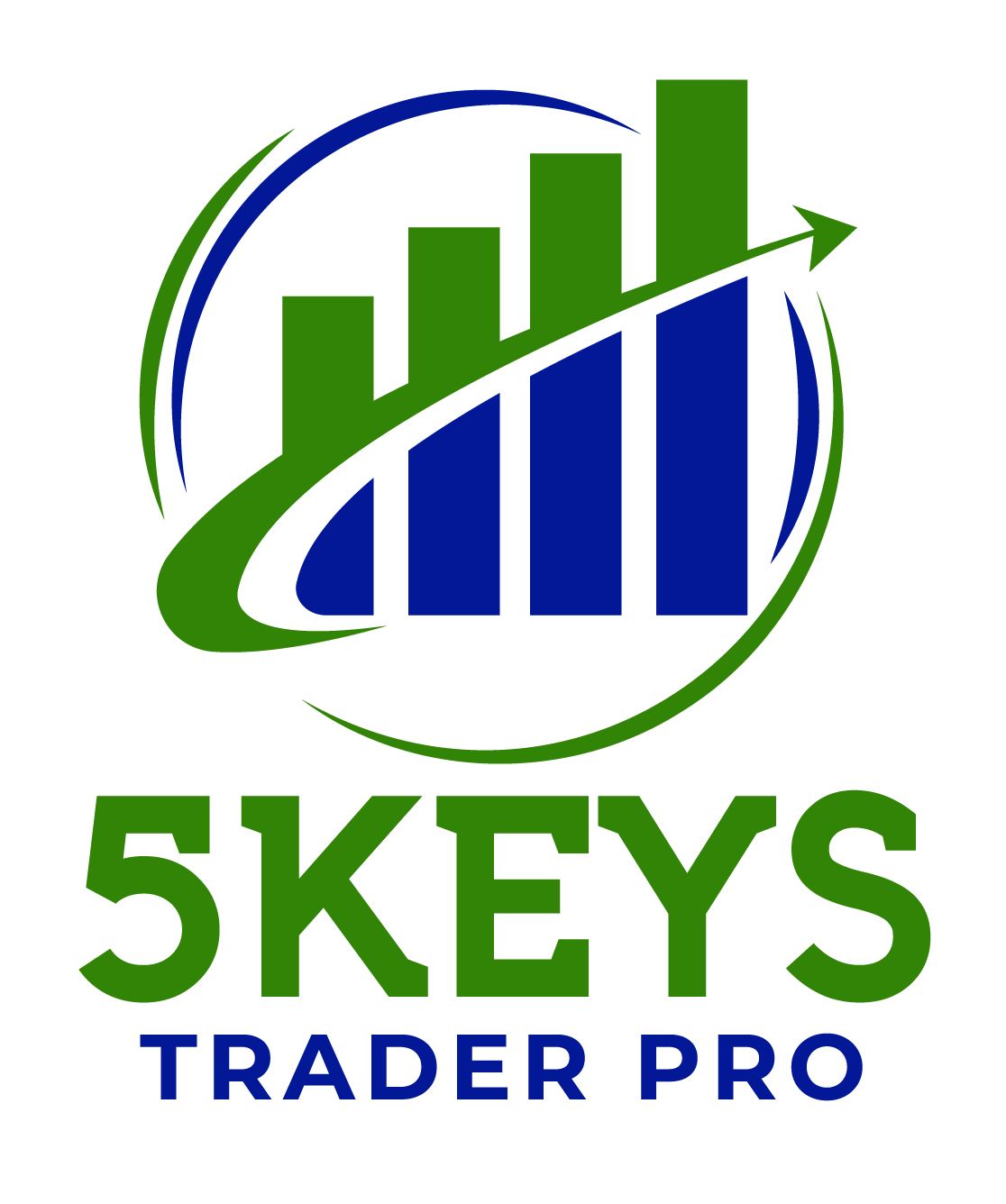
New Blog
Coaching & Mentoring vs. Algorithmic Signals
In the end, it’s about two contrasting methodologies that stand out – coaching and mentoring versus algorithmic signals. Each approach offers distinct advantages and challenges, catering to different trader preferences and objectives. This blog explores the qualities of these two paths, shedding light on their unique features and the considerations traders must weigh in choosing between them.
Coaching & Mentoring – The Human Touch
Coaching and mentoring in trading entail a close, often long-term relationship between an experienced mentor or coach and an aspiring trader. Unlike algorithmic signals, this approach emphasizes human interaction, intuition, and the transfer of wisdom gained through years of market experience. One of its primary advantages lies in the personalized guidance it offers. Seasoned mentors tailor their advice to the specific needs, goals, and risk tolerances of each trader. This personalized approach fosters a deeper understanding of market dynamics and helps traders make more informed decisions.
Emotional Support
Trading can be an emotional rollercoaster, marked by periods of euphoria and despair. A trusted mentor or coach provides invaluable emotional support, offering reassurance, perspective, and encouragement during turbulent market conditions. This emotional guidance helps traders stay focused on their long-term goals and avoid impulsive decisions driven by fear or greed.
Subjectivity and Limitations
Despite their advantages, coaching and mentoring come with limitations. Only if you select the appropriate mentor and coaching program will you learn how to manage emotions without creating bias in the market. Experienced mentors undoubtedly provide valuable insights, furthermore, the effectiveness of coaching and mentoring depends heavily on the quality of the mentor-mentee relationship, which can be challenging to cultivate and sustain.
Algorithmic Signals – The Power of Data
Algorithmic signals rely on computer algorithms to analyze vast amounts of data and generate trading recommendations. These algorithms leverage quantitative models, statistical analysis, and machine learning techniques to identify patterns, trends, and potential opportunities in the market. One of their key advantages is their ability to process and analyze data at a scale and speed that surpasses human capabilities. This enables traders to make informed decisions quickly and efficiently.
Objectivity and Efficiency
Algorithmic signals offer a level of objectivity that may be challenging to achieve through human analysis alone. By relying on data-driven models, these algorithms can identify patterns and correlations that humans may overlook or under appreciate. This objectivity helps mitigate the impact of cognitive biases, such as confirmation bias or overconfidence, which can cloud judgment and lead to suboptimal trading decisions.
Drawbacks and Challenges
Despite their efficiency, algorithmic signals have drawbacks.
Without the right education & mentor to understand the context and condition of the market and accepting the uncertainty of the market you can not write the proper algo program and it needs to update each day due to the market condition to match with individual algo.
Over time you will have tons of algo that you would run every day with the lowest % efficiency it would work with that day. Also, in the end your algo can only work for a short period of time where you have a foundation and knowledge of trading education that helps you to have an edge in the market and be a consistent trader over time.
Over time, you may accumulate numerous algorithms that need to be run daily, each with varying degrees of efficiency depending on the market’s behavior that day. However, without a solid foundation of trading education and knowledge, these algorithms can only offer short-lived success. It’s the understanding of market dynamics and the consistent application of trading principles that provide traders with an edge and enable them to thrive in the market over time.
Finding the Right Balance
In the debate between coaching and mentoring versus algorithmic signals, there is no one-size-fits-all solution. Each approach offers distinct advantages and challenges, and the optimal choice depends on the individual trader’s preferences, goals, and circumstances. Some traders may prefer the personalized guidance and human touch of coaching and mentoring, valuing the insights and emotional support they receive from experienced mentors. Others may gravitate towards the efficiency and objectivity of algorithmic signals, appreciating the speed and precision with which they analyze data and generate recommendations.
Integration for Optimal Results
Successful trading often requires a combination of both approaches. By integrating the human insights and emotional support provided by coaching and mentoring with the data-driven analysis and efficiency of algorithmic signals, traders can benefit from the best of both worlds. This hybrid approach allows traders to leverage their unique strengths while mitigating their respective weaknesses, enhancing their chances of achieving their trading goals in an ever-changing market environment.
Conclusion
The choice between coaching and mentoring versus algorithmic signals represents a fundamental trade-off between the human touch and the power of data. While coaching and mentoring offer personalized guidance and emotional support, algorithmic signals provide speed, precision, and objectivity. By understanding the strengths and limitations of each approach and finding the right balance between them, traders can navigate the complexities of financial markets with confidence and resilience. Ultimately, the key lies in aligning the chosen approach with one’s trading objectives and preferences, leveraging the strengths of both methodologies to achieve optimal results.



